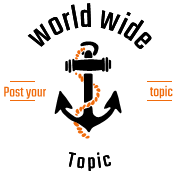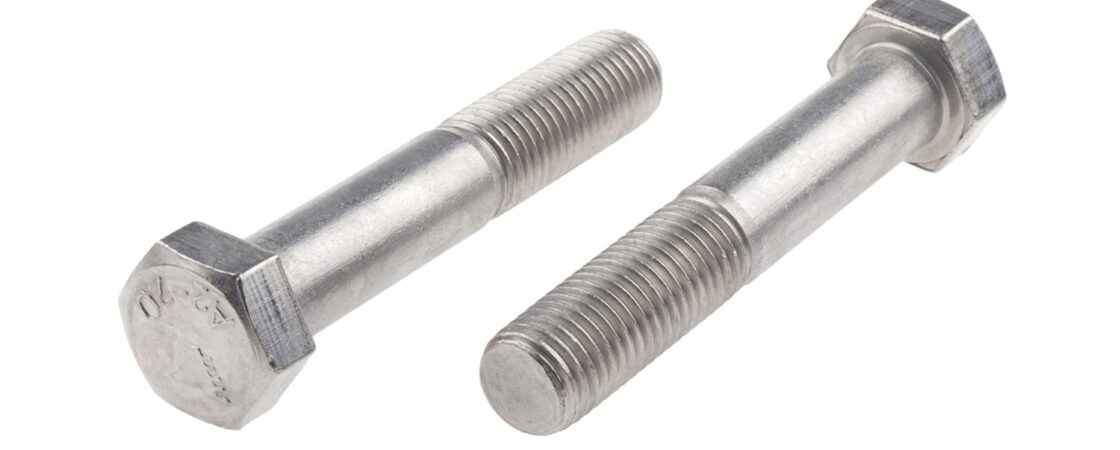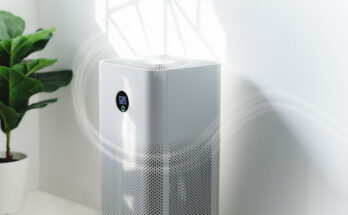When the specs for a project are clear, it’s easy to know the types of bolts, screws, nuts, and other fasteners that are required to secure all connections. But what do you do when these details aren’t clear?
You might be able to determine the sizes and materials you need with a little bit of measuring and a quick evaluation of the structure and its setting. But what about the specifics regarding threads per inch, coarse or fine thread pitch, or whether the flat washers you need should be USS or SAE standard? Parsing through such details can be daunting at first, but a basic understanding of these factors will enable you quickly identify what you need and choose fasteners with confidence.
What Is Thread Pitch?
When observing the threads of a screw, bolt, or similar component, you will notice that they are comprised of high points and low points as they spiral around the shaft. The distance between each peak of the threads is known as the thread pitch. This measurement is standardized so that the screw, bolt, or other fasteners will be compatible with nuts, washers, inserts, and threaded holes across many applications.
The standardization of thread pitch is determined by industrial-standard organizations. In the United States, these standards have been set by United States Standard (USS) thread, which has since been replaced with SAE International standard. Although USS is no longer supported as a thread standard, it is still used to classify thread pitch. This is why it’s still easy to find many fasteners and components, from zinc flat washers to galvanized hex bolts, that are specified as USS.
Coarse Pitch And Fine Pitch
USS flat washers and threaded fasteners are classified as UNC (Unified National Coarse) while SAE flat washers and fasteners are classified as UNF (Unified National Fine). This describes two different styles of thread pitch.
Coarse thread pitch fasteners will have fewer but larger threads while file thread pitch fasteners will have more but smaller threads. When choosing fasteners and washers to work together as an assembly, it’s necessary to ensure compatibility between thread pitch types. For example, a coarse thread bolt is meant to be paired with a coarse thread bolt.
As far as performance, coarse and fine thread fasteners do differ somewhat. Bolts and screws with coarse threads will install faster as they require fewer turns. They are also somewhat more resistant to stripping. Fine thread bolts and screws are more resistant to vibration and allow for more precise adjustments.
What Is Thread Count or TPI?
Thread count is also known as TPI, which means threads per inch. This specific will refer to the number of threads within a one-inch measurement of the threaded portion of a fastener. The standard TPI of a fastener will vary based on whether it is coarse pitch or fine pitch. In the case of coarse thread fasteners, a 1-inch bolt will have a TPI of 8 while a 1-inch bolt with fine threads will have a TPI of 12.
What Is Thread Angle?
The thread angle refers to the structure and degree of spacing between each thread on the fastener. If you hold up a bolt or screw in a horizontal fashion and look at the gap between each thread, this area is what’s measured to determine the thread angle. They may be v-shaped, u-shaped, square-shaped, trapezoidal, etc. In addition to an angle measurement, thread angle types will have different names and codes to categorize them. For example, standard UTS and ISO fasteners will have a V-thread, also called code M, which have an angle of 60 degrees.




